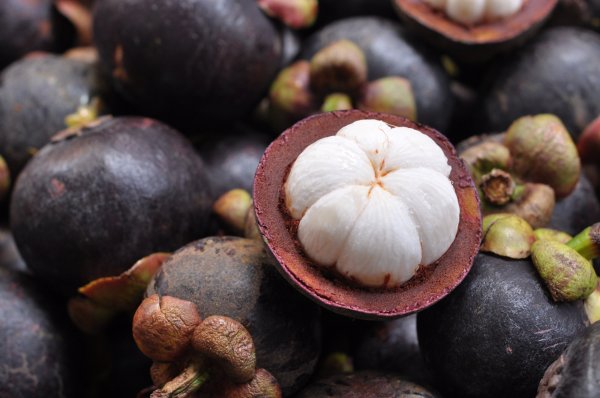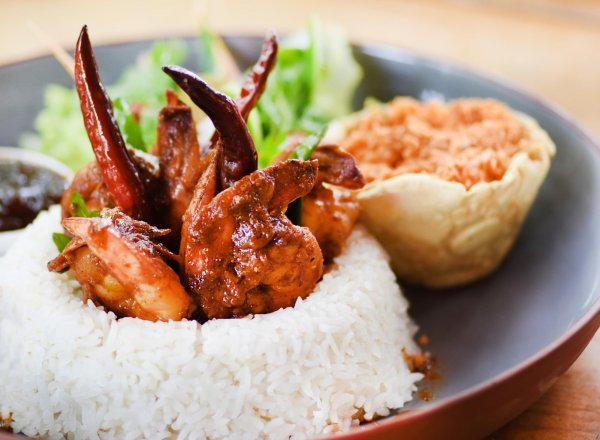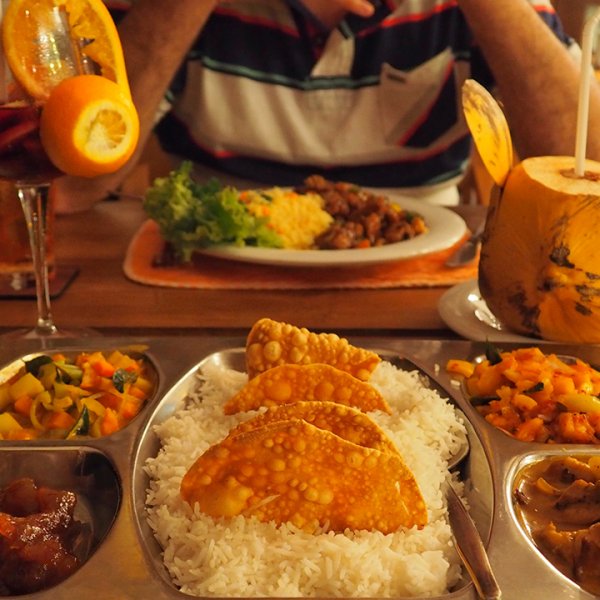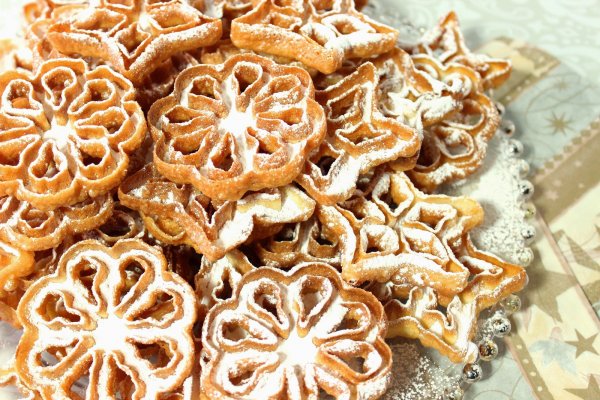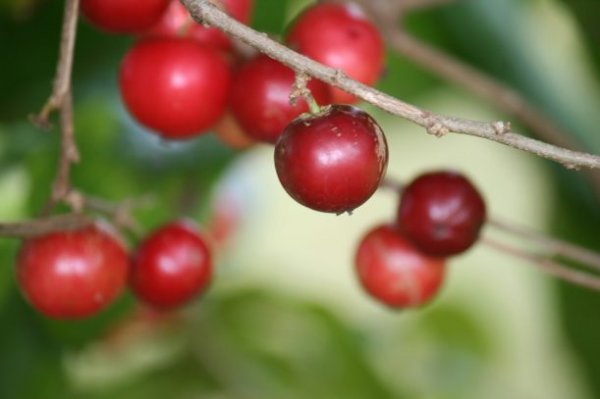
Sri Lanka is a massive hothouse of plants and vegetables that nobody else in the world has ever heard of, let alone consumed. These include an incredible array of edible green leaves that are chock-full of nutrition. Not only do these greens have a wide variety of health benefits, but they can also be made into highly appetising dishes which would appeal to anyone’s taste buds.
The infamous mallung, usually made with gotukola, is one such plant-based dish. Apart from that, we have plenty of other ways to prepare our resident greens, which include transforming them into fresh salads, curries, stir fries, sambols, and various other delectable dishes, all of which are characteristic to Sri Lanka. Kola kandha (herbal rice gruel) and other liquid herbal infusions are also a part of our country’s vegetarian cuisine.
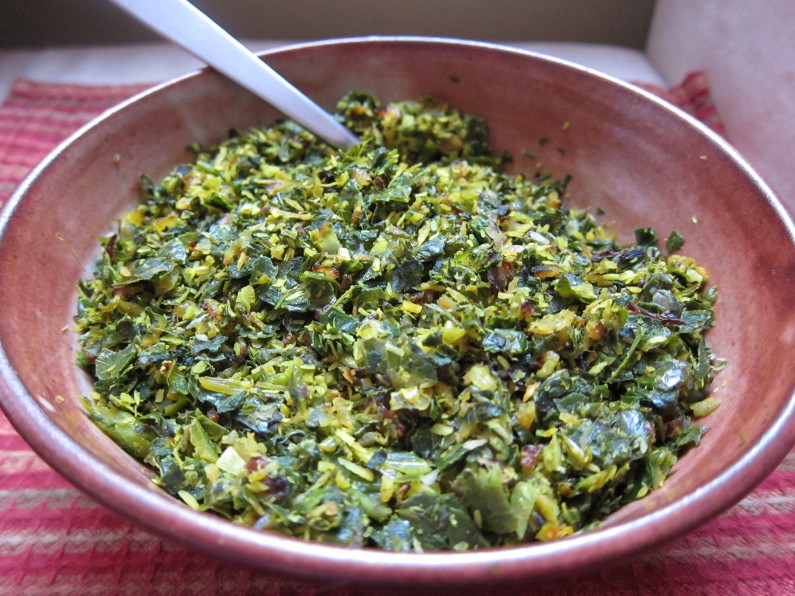
Our local leaves are great in number and can be prepared in so many ways that they deserve their own special cookbook. Image courtesy nihariscookbook.com
Roar spoke to nutritionist Roshan Dela Bandara from the Nutrition Society of Sri Lanka, to learn more about these plant-based dishes and the different ways to prepare them.
“The first thing that needs to be done when preparing a dish with green leaves is to wash the leaves with salt water to get rid of debris and kill any microbes or other small organisms,” Dela Bandara explained, adding, “Then, the leaves should be sliced, either finely or thickly, depending on the type of leaf used. Some leaves like welpenela shouldn’t be sliced finely because they will taste unpleasantly bitter when consumed.”
The following are some of the different leaves that are found in Sri Lanka and the diverse ways in which they can be prepared.
Keketiya/Water Chestnut (Aponogeton rigidifolius)

Keketiya can be found growing in small bodies of water. Image courtesy wikipedia.org
The water chestnut is a plant that has large leaves and white, pink, or pale violet flowers, and can be found growing in small bodies of water.
Dela Bandara explained that in certain rural areas, these leaves are harvested and made into a curry or stir fry. He also described the process of preparing them: “The leaves should be cut into half-inch sized pieces, seasoned with salt, curry powder, turmeric, chilli flakes, mustard powder, tamarind, and other spices, and then fried in oil with onion, green chilli, curry leaves, and pandan leaves. The prior seasoning makes the curry more flavourful. If necessary, tomatoes can also be added, and coconut milk, too,” he said.
Three subspecies of this water plant are native to Sri Lanka, and the leaves and underground tubers of the plant are used in ayurvedic medicine to treat wounds, nausea, vomiting, diabetes, and heart disease.
Gira Pala/Climbing Dayflower (Commelina diffusa)
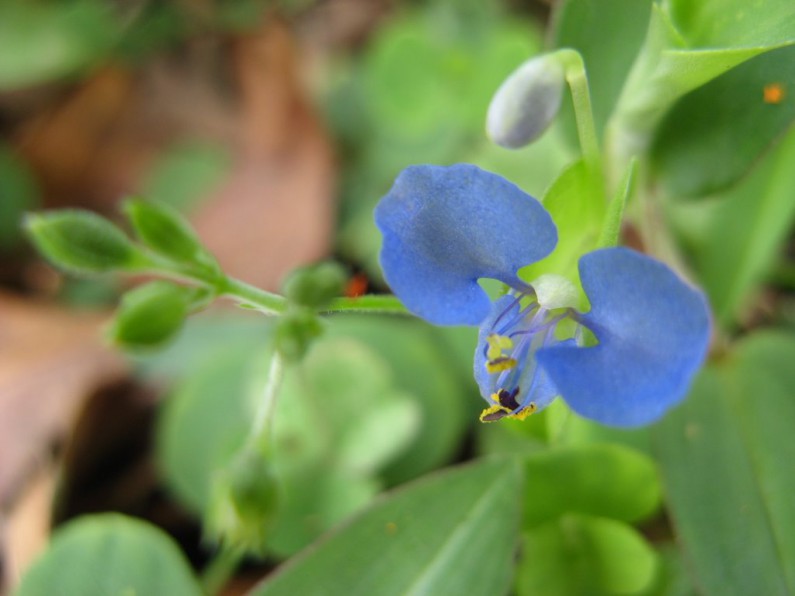
Gira pala leaves are a tasty addition to our famous Dhal curry. Image courtesy Florakarnataka.ces.iisc
The climbing dayflower is a plant that mostly inhabits moist places. Its bright blue flowers that bloom for only one day are the most distinct feature of this plant. The leaves’ blades are bright green, lance-shaped, and vary in width. The young shoots are said to have diuretic effects.
According to Dela Bandara, gira pala leaves are best eaten incorporated with dhal curry. He explained, “Just like spinach, the leaves should be cut or broken by hand into slightly large pieces and added to the curry just before it is taken off the stove, in order to preserve some of the freshness of the leaves—and therefore the nutrients.”
Karang Koku/Golden Leather Fern (Acrostichum aureum)
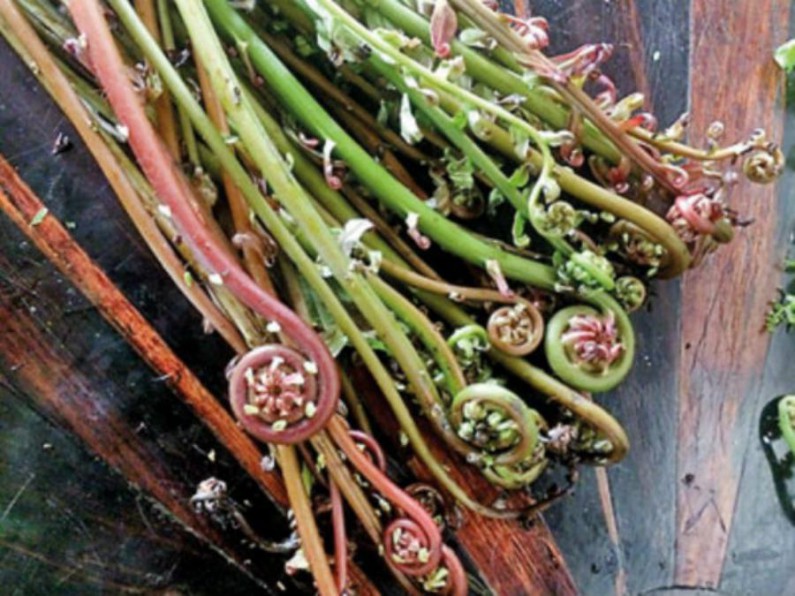
Karang koku also known as golden leather fern, contains high levels of dietary fibre. Image courtesy sundaytimes.lk
The Sinhalese term karang koku actually refers to the furled fronds of the young golden leather fern, a large species of fern that can be found in mangrove swamps and other wet areas.
These fern fronds, which bear the spores that germinate into new plants, are said to be rich in dietary fibre, as well as in vitamins and minerals such as iodine. The high dietary fibre content makes these leaves ideal for controlling sugar and cholesterol levels in the body, and boosting the health of the digestive system. The presence of iodine is beneficial in maintaining proper thyroid function and cell metabolism.
“Karang koku can be made into a curry,” Dela Bandara said, adding, “The top part of the fern is tender, but the lower stalk-like parts need to be boiled and softened. After the stalks have been softened by boiling and the skin-like covering is removed, they can be cut and mixed with the tender part of the fronds and sautéed with onions, green chilli, curry powder, salt, and lime. Last of all, coconut milk is added to make the curry.”
Asamodagam/Wild Celery (Trachyspermum roxburghianum)

Many people know of Asamodagam as a liquid herbal preparation used in ayurvedic remedies for stomach ailments, but few know about the leaves it is made from. Image courtesy calmlycookingcurry.blogspot.com
Many people have heard of asamodagam as a liquid herbal preparation used in ayurvedic remedies for stomach ailments, but few people are aware that the asamodagam herb can be eaten as a salad or mallung, too.
Dela Bandara told us that like many of the other edible leaves, asamodagam leaves can also be cut or broken by hand into small pieces, and mixed with coconut, chopped onions, green chilli, maldive fish, salt, and lime. The mixture can even be heated with oil for a few minutes, but not for long, as the leaves will lose too much of their freshness.
“The asamodagam leaves can also be made into a curry with tampala leaves, wild eggplant (thibbatu), onion, mustard, green chilli, and the seeds of long beans or cooked cowpea. This curry is best eaten with roti made of kurakkan,” Dela Bandara said.
Welpenela/Balloon Vine (Cardiospermum halicacabum)
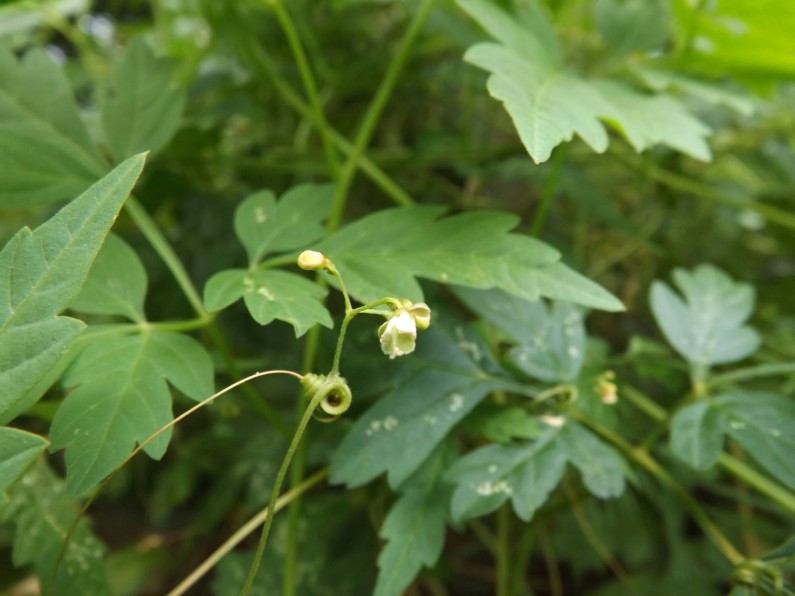
Welpenela leaves need to be carefully sliced or broken by hand into pieces, to make sure that the dishes prepared do not taste too bitter. Image courtesy floraofbangladesh.com
This herb can be found in dry areas on lowland and is popular in ayurvedic medicine, because its leaves and roots have properties that are helpful in combating rheumatism, nerve diseases, chronic bronchitis, and tuberculosis.
The leaves of this herb need to be sliced or broken by hand into pieces which are not too fine, in order to ensure that dishes made with these leaves do not taste too bitter.
“Even when adding other ingredients to make a dish, the sliced leaves must be mixed very carefully, preferably by hand, and not with a spoon,” cautioned Dela Bandara. He went on to say that the welpenela leaves can be made into mallung and can also be tempered with dry fish or sprats to make a stir fry.
“If welpenela leaves are used in a stir fry, they need to be added a few minutes before the dish is taken off the heat or right after, to prevent the leaves from wilting,” he said.
Ranawara/Tea Tree (Cassia auriculata)
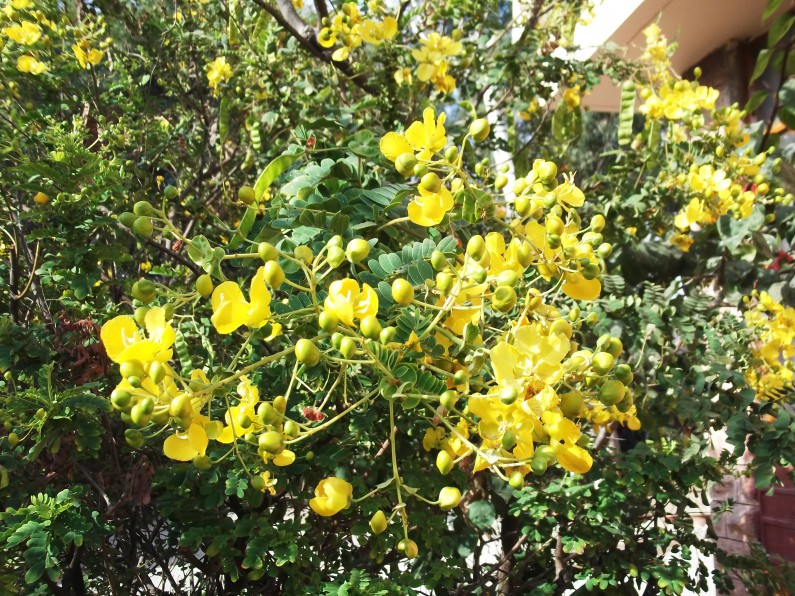
The leaves, roots, flowers, bark, and seeds of ranawara are used in Ayurvedic medicine. Image courtesy commons.wikimedia.org
The tea tree is actually a large shrub with thick branches, pinnate leaves, and bright yellow flowers. According to Dela Bandara, five parts of the shrub, including the leaves, roots, flowers, bark, and seeds are used in ayurvedic medicine to treat diseases of the urinary system. He added that they can also be boiled with water and made into a drink that helps treat sores and boils in the mouth.
“The leaves can be made into mallung as well, with lime, chopped onions, green chilli, coconut, and maldive fish,” he said, elaborating, “The leaves that are to be used in the mallung and the infusion should not be too tender or too mature, because these leaves have the best flavour and more nutrients, as opposed to leaves which are either too soft and tender, or leaves which have matured.”
Those who have diabetes, and muscle and joint ailments will greatly benefit from eating a mallung or any other dish prepared with the leaves of the tea tree, because the nutrients in the leaves can alleviate pain in joints and muscles, and control blood sugar levels.
Kovakkai/Ivy Gourd (Coccinia grandis)
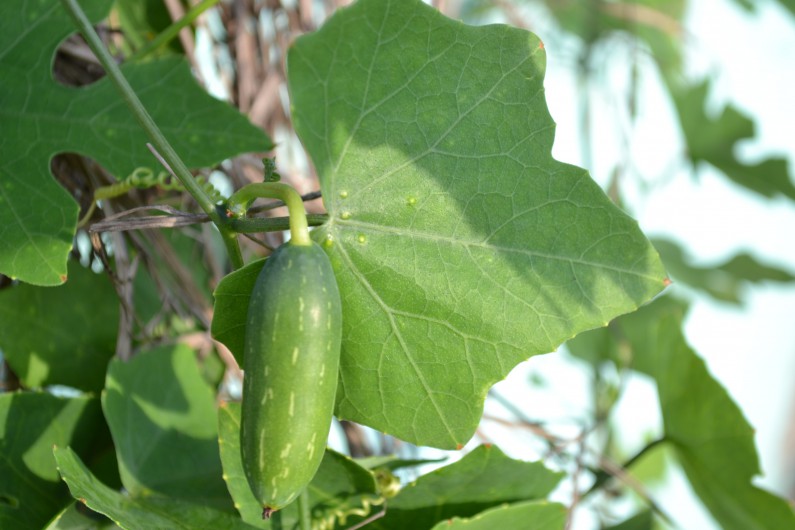
Kovakkai is a vine that has both edible fruits and leaves. Image courtesy commons.wikimedia.org
Also known as scarlet gourd and baby watermelon, the ivy gourd is a vine that has both edible fruits and leaves. Each of the leaves has five lobes and form a heart or pentagon-like shape.
The leaves are a good source of vitamins and minerals, and certain compounds in the leaves help to regulate sugar metabolism in the body. Diabetic patients can benefit by consuming the leaves of the ivy gourd. It can even help alleviate conditions such as high blood pressure, rheumatism, bronchitis, and issues related to the skin.
Dela Bandara said that the leaves are best prepared as mallung, with onion, green chilli, coconut, maldive fish, and salt.
Several types of edible leaves, such as mukunuwenna, gotu kola, welpenela, ranawara, and asamodagam can be used to make kalavam mallung (mixed mallung), a dish that is reportedly very healthy and filling. However, Dela Bandara noted that when making a kalavam mallung, it is best to avoid using leaves like spinach and kankun, because fleshy leaves like these retain a lot of moisture. This will make the dish soggy, especially if it is prepared with lime, onions, and coconut, which also retain a lot of moisture.
The leaves mentioned here are only a handful of the vast varieties of edible plant matter that can be found in Sri Lanka. It may be difficult to locate some of these greens since they are commonly found in rural areas of the country. However, if you do come across any of these edible leaves, don’t forget to make sure you try your hand at whipping up some of these dishes. They will not only be an unexpected treat to your palate but will also greatly benefit your health.
Missed out on Part 1 of this piece? Go here to check it out.
Featured image courtesy youtube/Aasai Rasai
